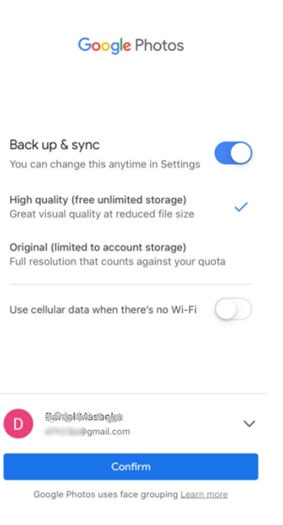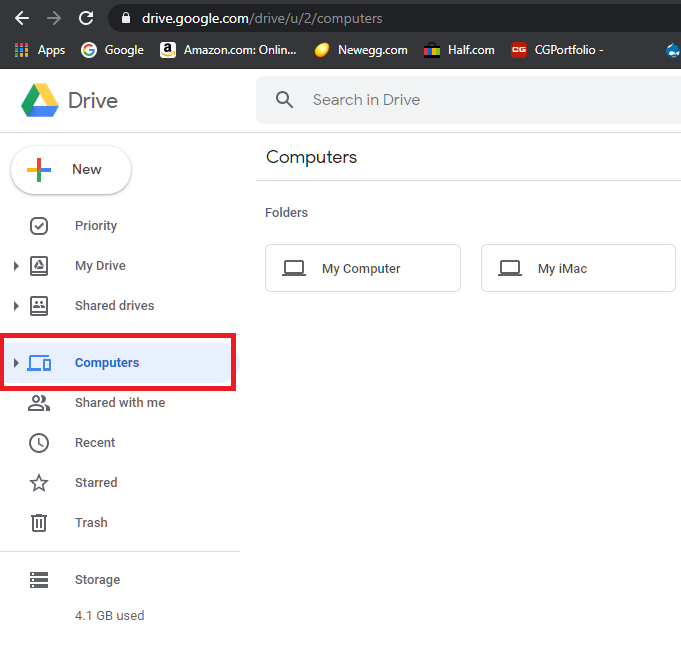

Using various photo editing apps, you can access and manipulate a file directly in Drive, and Google will reflect saved changes immediately in the cloud-stored version of the photo. The sharing functionality on Google Drive gives you much more control over who is allowed to view, edit, or invite users to your files. You can allow others access to your Drive, or create sharable links to specific photos or folders, allowing others to see and access the images stored in those folders. Google Drive is ideal for collaboration and sharing with other people. Your files can automatically be synced with any device that has Google Drive loaded as an app, such as when you add it to Finder on a Mac. When you upload your files to Google Drive, they’re held in the cloud, and you can access them from any device where you can log into your Google account. In fact, it has a handful of perks that make it a better choice than Google Photos for many users. Google Drive is a cloud storage service, first and foremost, but that doesn’t mean it’s not a powerful option for photo collections.

No compression options photos are uploaded and downloaded in their original quality.No built-in image editing tools for filters, cropping, rotations, etc.

No automatic tagging, AI photo identification, or location-based grouping.More storage-focused and less impressive photo gallery presentation.If you added a photo to one service, would it automatically be accessible from the other? These issues were a source of confusion, so in 2019, Google detached the services. When your devices synced the photo, did it take up twice the space in your Drive? Unfortunately, this synced system was somewhat confusing.
GOOGLE PHOTOS BACKUP VS BACKUP AND SYNC ANDROID
If you took a photo with an Android device, it would be added to your Google Photos account and sync automatically with Google Drive. If you uploaded a photo to Drive, you could add it to Google Photos, and they would sync. Up until 2019, Google Drive and Google Photos synced data between them. After all, why not leverage cloud storage along with a photo service? Today, many photo identification systems are much more refined and work as part of Google Lens.Īt this point, Google Photos needed something in the Google Ecosystem to tie to, and they chose to connect it to Google Drive. When Google+ shut down in 2015, Google Photos became an independent service. One of them was a photo component that would automatically identify and attempt to tag elements of a photo uploaded to the service (as well as all of the usual photo-management tools a photo service implies). Google pushed that network as hard as they could, but it never really caught on, and in 2015, they shut it down.īut, Google+ had a few useful features. In the far-off days of yore, in the deep history of the early 2010s, Google Photos was part of Google+, Google’s attempt at a social network. Google did not tie Google Photos to Google Drive initially. But which is better? You might think it’s the app specifically designed for photos, but Google Photos has limitations that are worth considering. Google Drive and Google Photos are both excellent options to store and sync photos between devices in a central account.


 0 kommentar(er)
0 kommentar(er)
